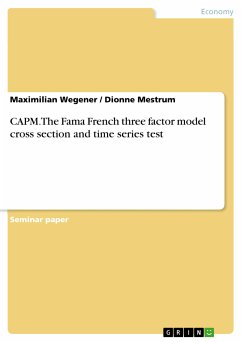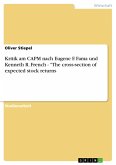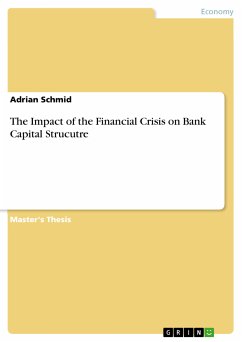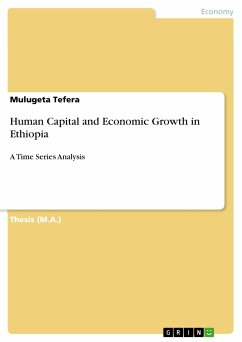Seminar paper from the year 2013 in the subject Business economics - Investment and Finance, grade: 8.5, Maastricht University, language: English, abstract: The CAPM model was developed by Sharpe (1964) and tries to give insight into the relation of risk and return characteristics of assets, in particular how risk adjusted excess returns of securities are influenced by the market. Fama and French (1996) further developed the CAPM to a three-factor model. Their aim was to enhance the explanatory power of the CAPM, thereby including the size (SMB) and book to market (HML) effect to achieve more explanatory insight of what drives returns. Carhart (1997) even included a fourth factor, namely the momentum anomaly (WML) as found out by Jagadeesh and Titman (1993), to further resolve the CAPM pricing error of not fully predicting returns, and add explanatory power. Additionally, we retrieved the sentiment index from Datastream to test a fifth explanatory factor. This research paper tests these four different models based on historical European data from the Kenneth R. French website and 50 European stocks and one European real estate index from Datastream. The structure of the research is closely tied to the set up used by Wang. The paper continues with a short literature review on the CAPM, the three-factor model, the four-factor model, and the sentiment index. Next, a description of the data and methodology is given. Then first the CAPM is tested, followed by the three-factor model, four-factor model and lastly the sentiment index is included. The results are discussed individually in each section. Finally, we draw an overall conclusion and include some limitations.









